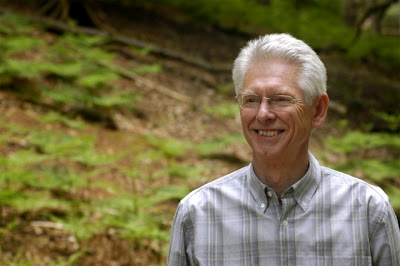Black Vulture
On Saturday 23rd October I was on my daily afternoon walk around the Ria when I became aware of a huge commotion amongst the several hundred roosting gulls on the 'salinas'. These birds were in the air and savagely attacking a huge raptor which I immediately recognised as a Black Vulture (Aegypius monachus). I have seen many before in the Alentejo and on the Portugal/Spain border but always soaring effortlessly at a height with no hint of a wing-beat.
Why this bird was here I do not know; it was a juvenile/1st winter bird well away from its normal territory and may have just become disorientated. Whether it had descended after seeing a carcass I do not know but the gulls were giving it a really hard time and the vulture was having to perform extreme aerobatics to evade them. The vulture eventually landed on the Ria about 100 metres off-shore and was a rather pathetic sight - flapping its wings which were getting more and more waterlogged to the extent that I thought it was going to drown.
I took my dog home and quickly returned with the camera to find that the vulture had made it to the shore and was spread-winged drying itself in the afternoon sunshine:
Whilst I had been away a small group of onlookers had assembled and someone had had the sense to actually call a vet. My concern was that the bird might have eaten some poisened animal, but I think that the "fight" with the gulls had simply rendered it exhausted (it might also have been starving and weak as a novice youngster).
It dried off very quickly and was obviously "perking up" by the minute and was seen to fly off before the vet arrived.
To be this close to such a magnificent bird (and it really is HUGE!) is both frightening and humbling.











































